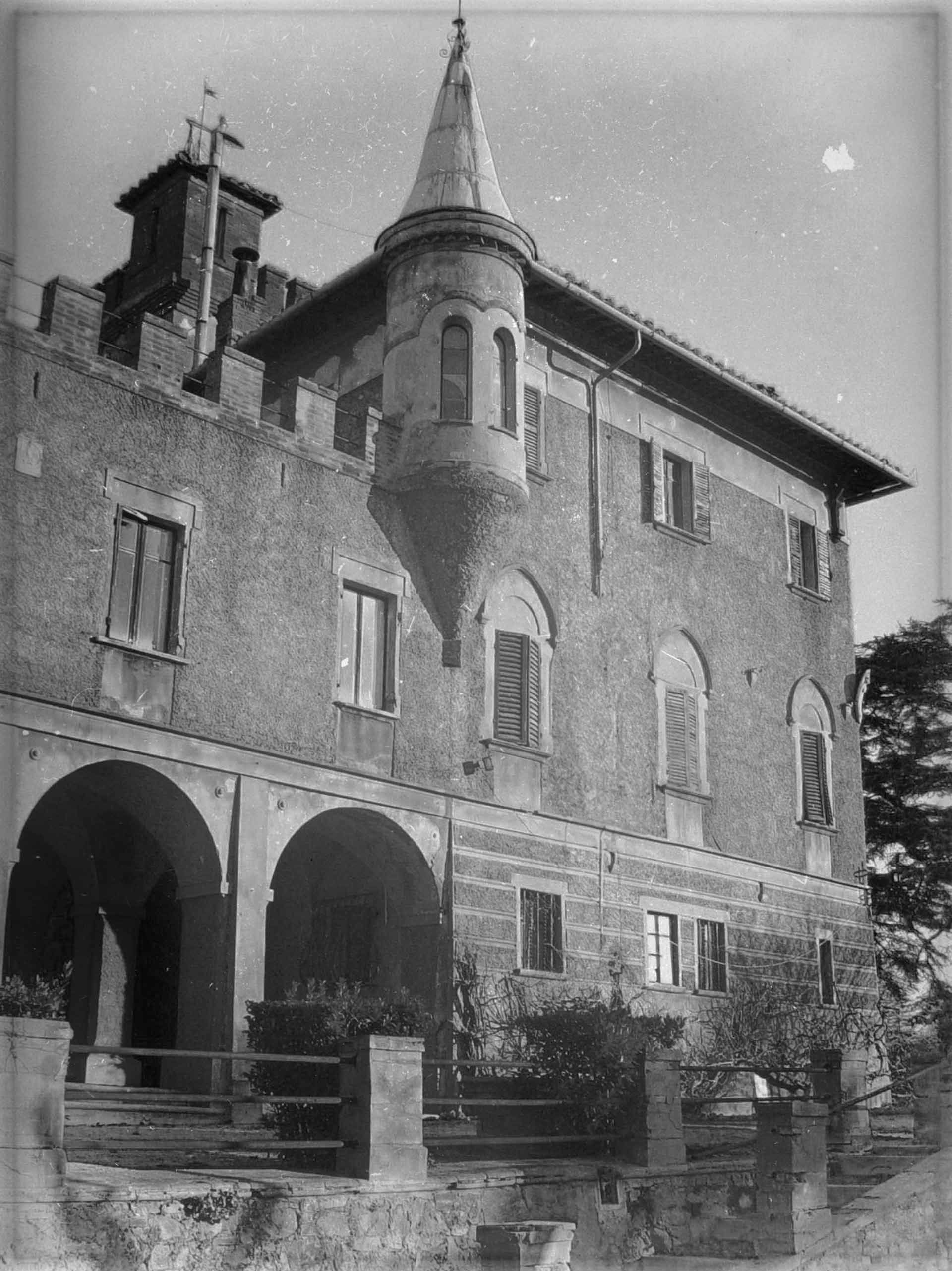
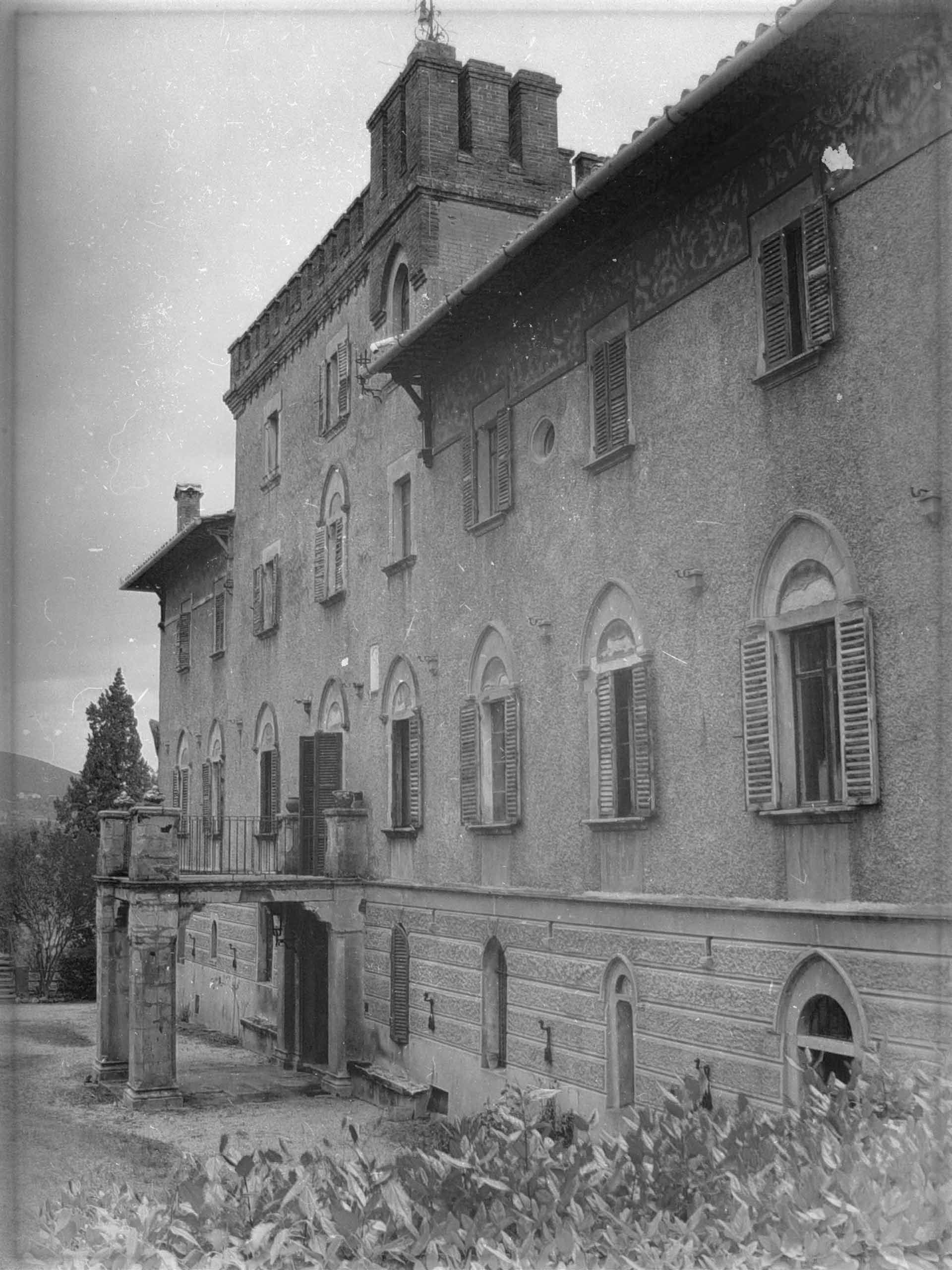
In the heart of the Umbrian countryside lies a country resort with medieval roots, blending noble history with a unique approach to hospitality.
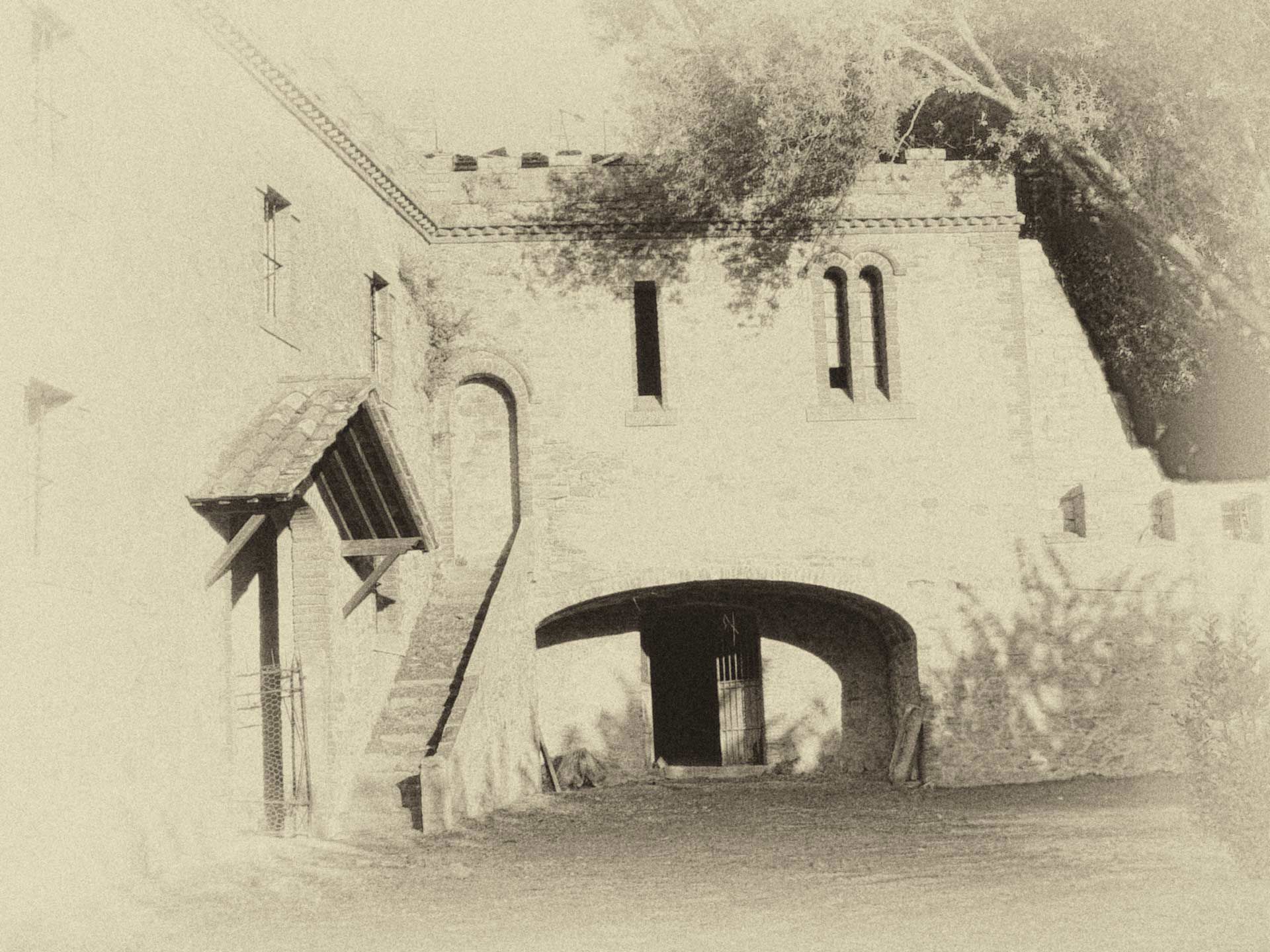
Dating back to the 13th century, Borgo dei Conti Resort occupies the site of an ancient fortress, once home to a small settlement of a few hundred residents. In 1390, it fell under the control of the Raspanti Perugini, and later became associated with Porta Eburnea, also known as Arco della Mandorla, retaining its medieval character. By the 19th century, it was owned by Lemmo Rossi Scotti.

Lemmo Rossi Scotti, a prominent figure in the 19th-century art scene and the Count of Montepetriolo, initiated the transformation of Borgo dei Conti Resort into a residential complex. During the latter half of the 19th century, the historic Limonaia was constructed, showcasing a neo-Gothic style with intricate battlements and architectural layers. Additionally, the estate expanded to include a 16-hectare park adorned with 600 olive trees and meticulously landscaped gardens.
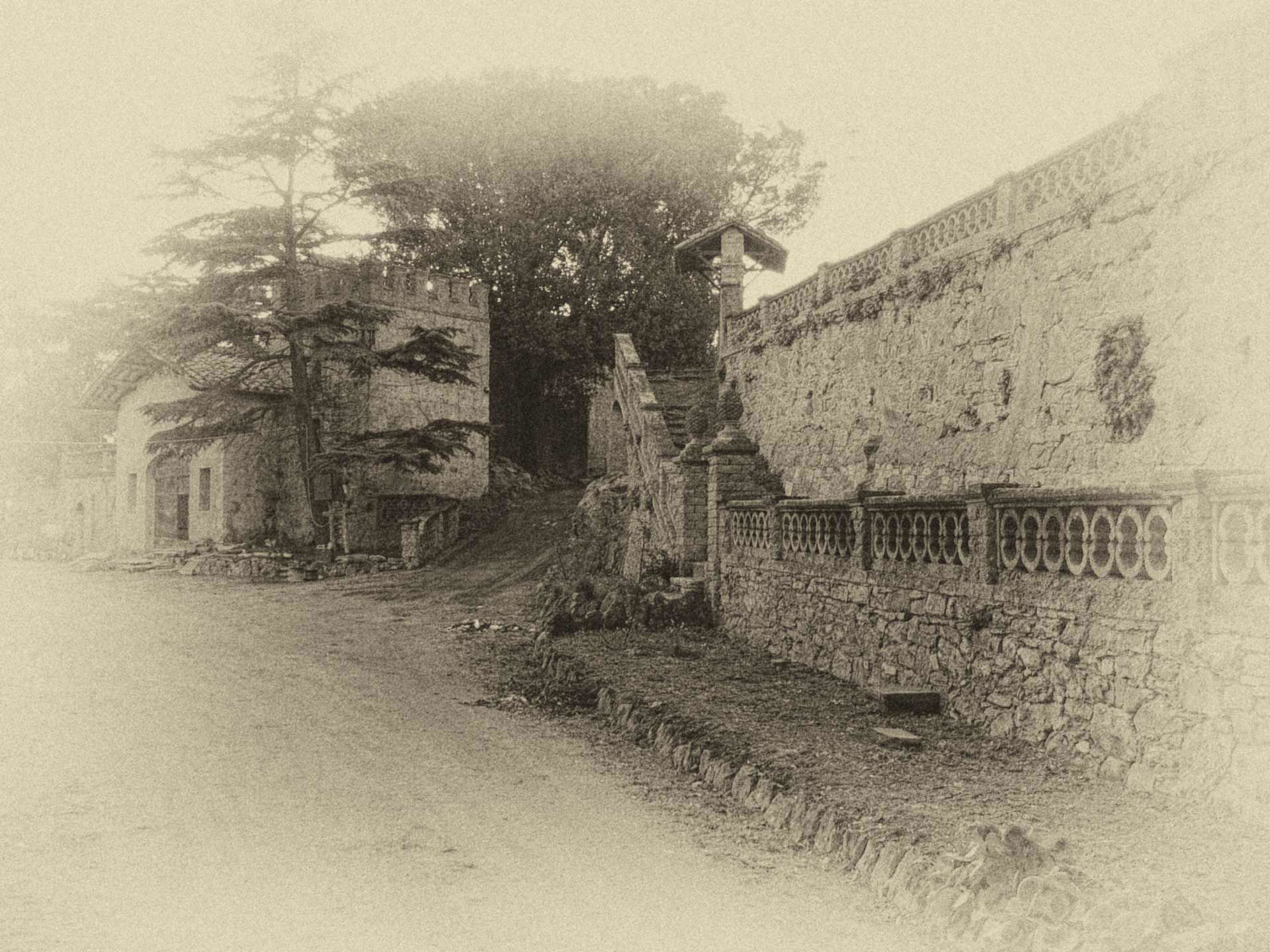
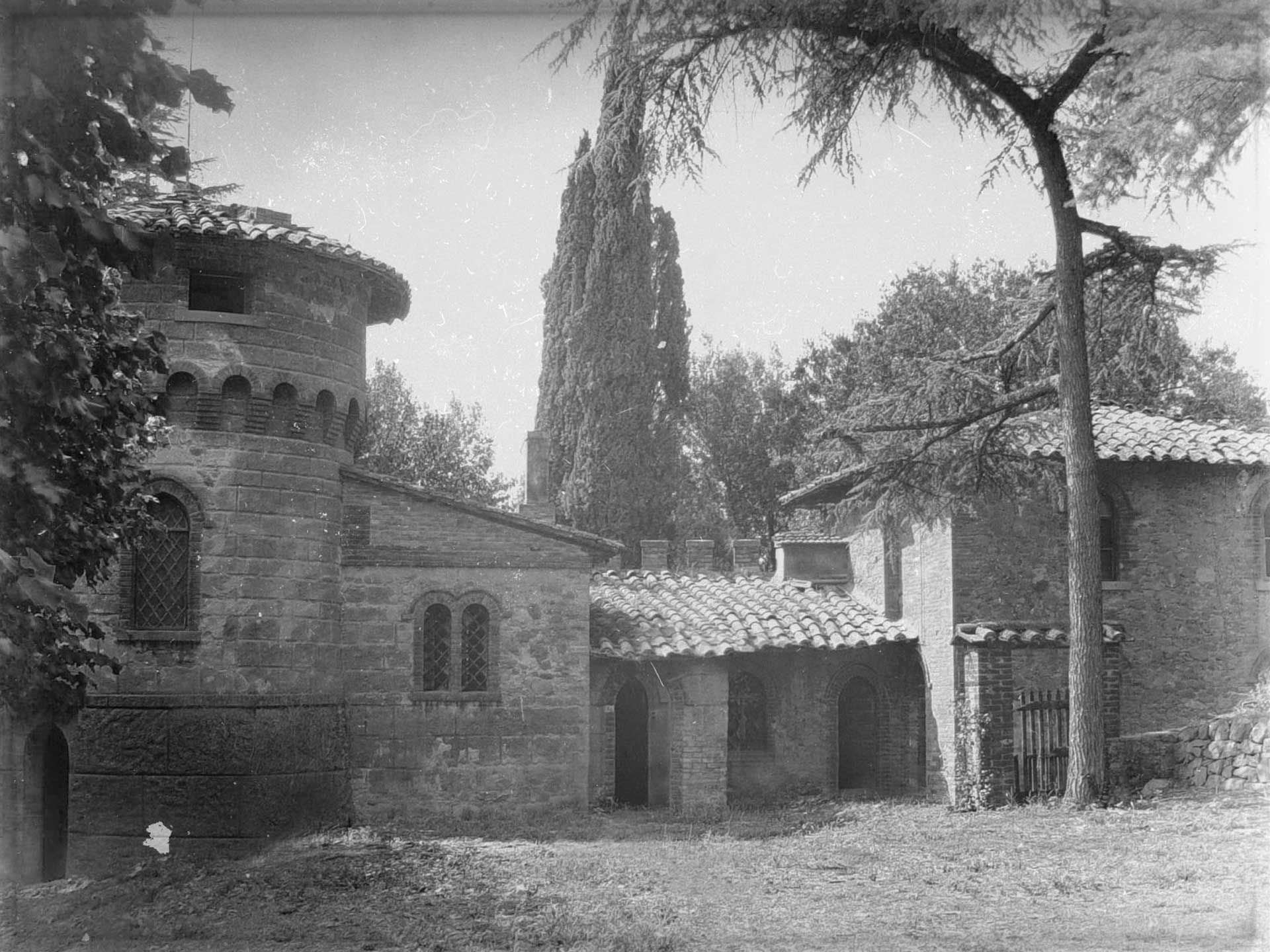
Following the passing of Tiberio Rossi Scotti, Borgo dei Conti Resort underwent various ownership changes until it was acquired by the Babini Family in 2002. Under their stewardship, the estate underwent extensive renovations, evolving from a private estate into a luxurious resort. Finally, in 2024, after a comprehensive and captivating redesign of the interiors and spaces by The Hospitality Experience and Spagnulo & Partners Architecture Studio, the concept evolved even further, elevating the country resort to a pinnacle of luxury in Umbria. This transformation emphasized the region's rich cultural heritage, establishing Borgo dei Conti as a premier destination.